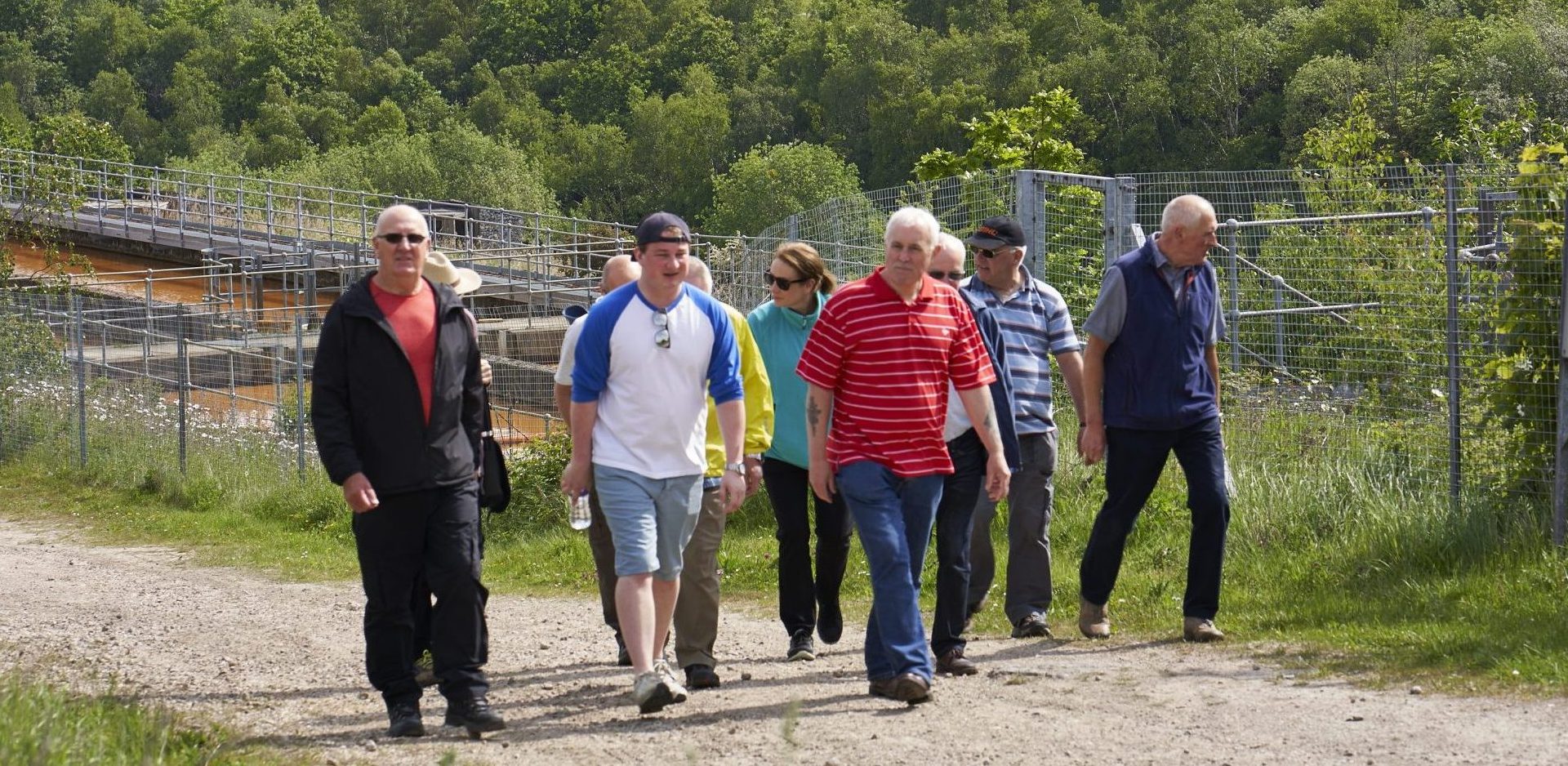Voices in the Coalshed: Mining Landscapes

When you think of the landscape of England’s coalfields what do you see? Pit wheels? Spoil heaps? Power stations and cooling towers? All of these in a grim, grey world?
Very probably.
It was not all like that though. Many mines were in areas where beautiful countryside often teeming with wildlife was relatively easily accessible.
One such area is described beautifully by Barry Hines in his novel A Kestrel for a Knave, which was later adapted into the wonderfully memorable film Kes.
Although parts of the story are sad, almost tragic, in particular Billy Casper’s relationship with his Mum and brother, Jud, other parts of the story are positive especially those where we see Billy with his kestrel, Kes.
Quite early in the story, Billy is shown exploring his neighbourhood and watching the wildlife there and it is in this part that Hines describes the world Billy sees and where he is happiest.
Hines writes: “He reached the stile which led into the woods, climbed onto it and looked back. Fields and fences and hedgerows. The sun was in the sky, and the only sound was the continuous relay of birdsong…
…Overhead their branches webbed into a green canopy, and in places shafts of sunlight angled through dappling the grey green trunks, and bringing up the colour of the grass and the foliage. Light and shade, a continuous play of light and shade with every rustle of the leaves. Here the birdsongs were less frequent, yet more distinct.”
Why not explore our mining landscape when you visit us at NCMME; take a walk along the Nature Trail and see the new planting. Or, why not sign up for one of our Heritage Walks and see a little further afield.
Written by our Volunteer Nicola.